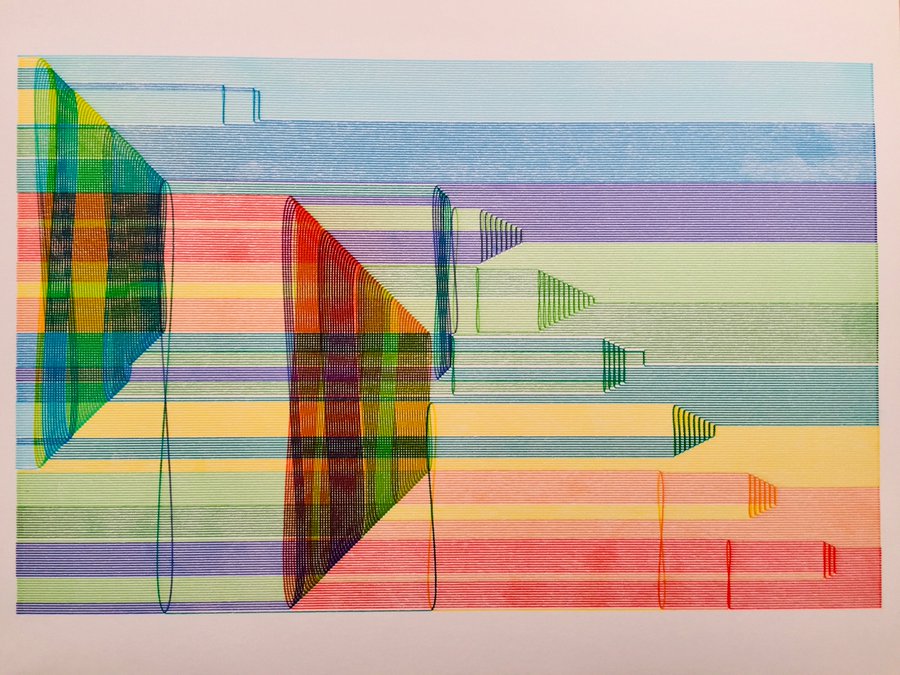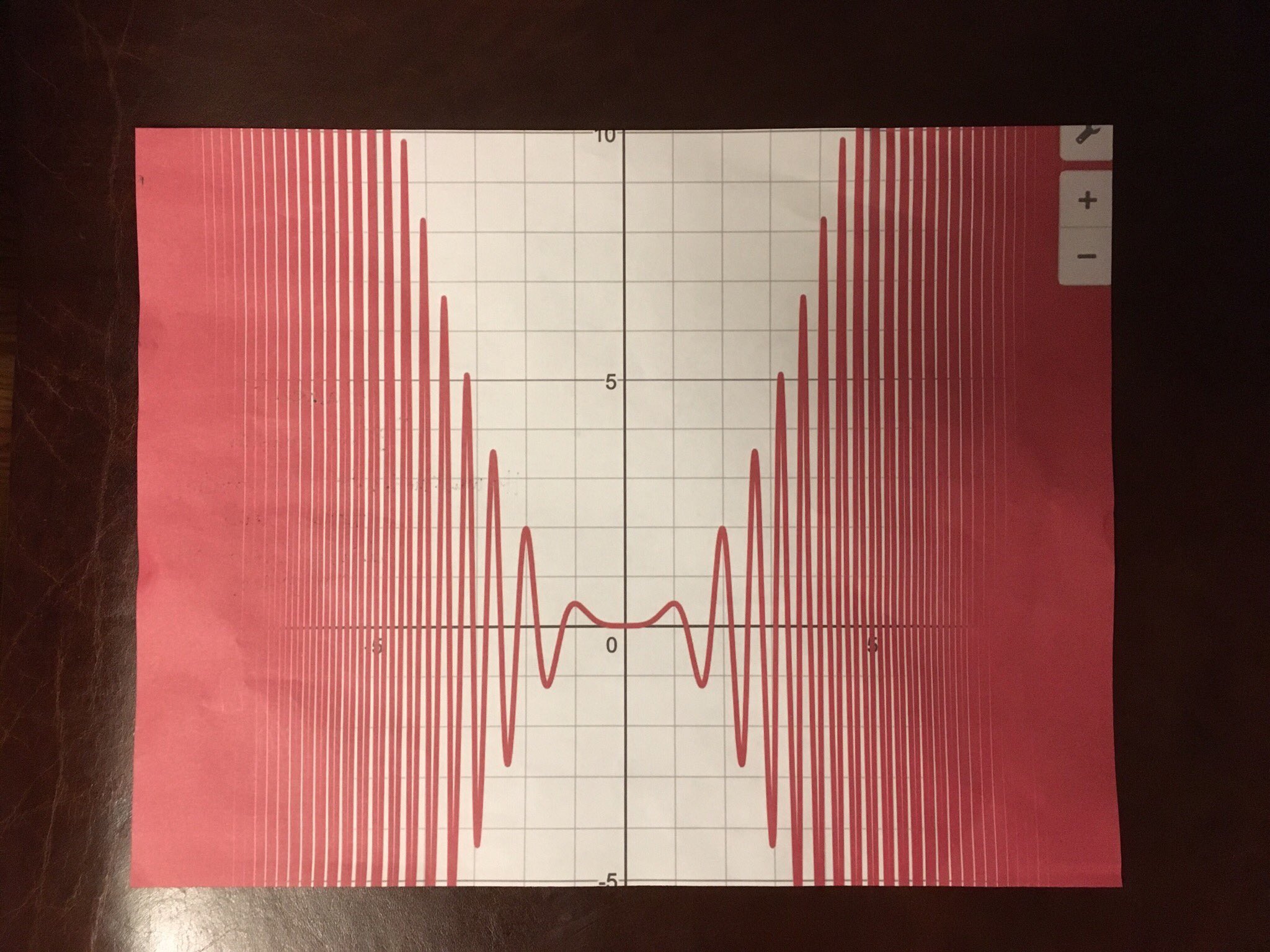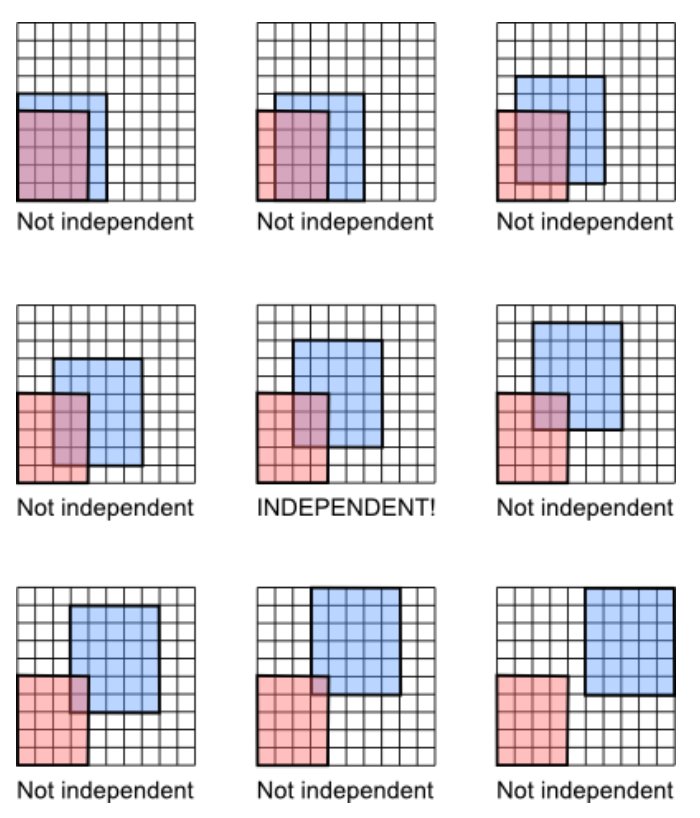Here’s an experience I’ve had roughly six million times.
- A mathematical topic arises.
- “You know,” I say, “someone has a great tweet about this… somewhere…”
- In order to find it, I am forced to read all of the tweets, ever.
- I am reminded that “all of the tweets ever” is rather too many tweets.
So about a year ago I started a compendium. Tweets, yes, but also videos, apps, memes… anything stimulating or arresting that I can use to embroider my lessons. For a while, this document lived where all important documents live: as a gmail draft. But now I share it as a blog post, and I intend to continue updating it as new ones cross my ken.
NOTE: I will, where convenient, use screenshots and links, because WordPress’s embedded tweets sometimes take ages to load.
NUMBER AND SCALE
A very strange pricing scheme:

A brilliant anagram from Colin Beveridge:

A gorgeous visualization of prime factors (from this Smithsonian blog post).

The timeless classic Powers of Ten, arguably the best film of 1977 (suck it, Annie Hall):
The mesmerizing interactive “Scale of the Universe” app (which requires you to enable Flash, but just do it).
Also, this black hole:
ALGEBRA

An ellipse as the maximum heights of a family of projectiles:
Throwing an object at the same speed but different angles defines an ellipse via its maximum height pic.twitter.com/vQ8NMssCMf
— 〈 Berger | Dillon 〉 (@InertialObservr) July 22, 2019


And again, this time for figuring out the scoring system in Australian Rules Football:

Four place mats, arranged to make a quadratic identity at the dinner table:


Polar coordinates on pizza:
Putting sauce on a pizza. pic.twitter.com/Oe9gsZaSjz
— MachinePix (@MachinePix) August 28, 2016
GEOMETRY AND TRIGONOMETRY
Volumes of a cylinder, a sphere, and a cone:
Volumes of earth, earth’s air, and earth’s water:
Animated visual proof that any polygon can be rearranged into any other polygon of equal area:

(You’ve just got to click here, it’s amazing.)
For your trigonometric Halloween, the blood function:
Defining a radian with a wooden model:
Tragic Tweet Delete! -- I thought I would at least add it back : ) We are interested in sending these to folks, especially if you have a maker space and could then make more if you like it. pic.twitter.com/kYUs1jMEEj
— MathHappens (@MathHappensOrg) October 1, 2019
Simple harmonic motion:
Beautiful shapes created by simple harmonic motion 🧐 pic.twitter.com/ifsFX4nfN9
— Fermat's Library (@fermatslibrary) January 2, 2020
CALCULUS AND DYNAMICAL SYSTEMS
Riemann sums (comparing upper and lower sums as the grid is refined):
Concepts without words: Integration and Riemann Sumshttps://t.co/xWzv3wefn4#math #science #iteachmath #mtbos #visualization pic.twitter.com/msK3UTGcXn
— Tungsteno (@74WTungsteno) August 11, 2019
A professor solves an optimization problem (“smallest surface area for a given volume”), writes a company that makes cat food to ask why they don’t use this solution, and receives an incredibly thoughtful and interesting reply:
A real-life butterfly effect:
In office hours, sophomore @JackSillin showed me this real world example of the butterfly effect. An unexpectedly strong thunderstorm in Kansas shifted the path of Hurricane Dorian just far enough to spare Florida the worst. I love learning from students @Cornell! pic.twitter.com/P7eqBKH2bQ
— Steven Strogatz (@stevenstrogatz) September 10, 2019
The exquisite sensitivity of the double pendulum:
50 double pendulums, whose initial velocities differ only by 1 part in 1000 pic.twitter.com/3b75BDkwF1
— 〈 Berger | Dillon 〉 (@InertialObservr) September 30, 2019
PROBABILITY AND STATISTICS
Independence is a delicate and rare phenomenon:
What do probabilistic words really mean?
I see you Anscombe’s Quartet, and I raise you the Datasaurus:

The dangers of using r^2 as an effect size estimate:
The normal distribution in action:
MISCELLANEOUS
Fascinating: Moore’s Law predictions vs actual growth in transistor count.
— Lionel Page (@page_eco) September 3, 2019
by @datagraphahttps://t.co/zuI86EntTa pic.twitter.com/ZwN1dBGE1n

I had no idea you could do this to take a dead whiteboard marker and give it life again!
— Robert Kaplinsky (@robertkaplinsky) July 6, 2019
Source: https://t.co/iXEtQZGkCl pic.twitter.com/mfzebIOs2q


Stumbled into reading about hermit crabs and wut: pic.twitter.com/ERdEs8TwUK
— Derrick (@geekandahalf) November 29, 2019





What does it mean for the probablistic words to represent percentages lower than 0% or higher than 100%? Perhaps just that the person making the plot doesn’t understand boundaries? Or that they used the wrong kernel when doing kernel density estimation? (A beta distribution would make a good kernel here, but a Gaussian does not.)
That blood function was not too hard to figure out. Took me ten seconds. 🙂 https://www.desmos.com/calculator/jbwyuvhlud
On Wed, 4 Mar 2020 at 10:01, Math with Bad Drawings wrote:
> Ben Orlin posted: “Here’s an experience I’ve had roughly six million > times. A mathematical topic arises. “You know,” I say, “someone has a great > tweet about this… somewhere…” In order to find it, I am forced to read > all of the tweets, ever. I am reminded that “all ” >
Love this collection! Here’s a suggestion for an addition: The Mathematical Functions Grimoire! http://fungrim.org
With an spirit somewhere in the middle between “Scale of the Universe” and “Powers of Ten”, you may find helpful Universcale by Nikon; https://www.nikon.com/about/sp/universcale/
I usually show it to pupils when introducing scientific notation/negative exponents